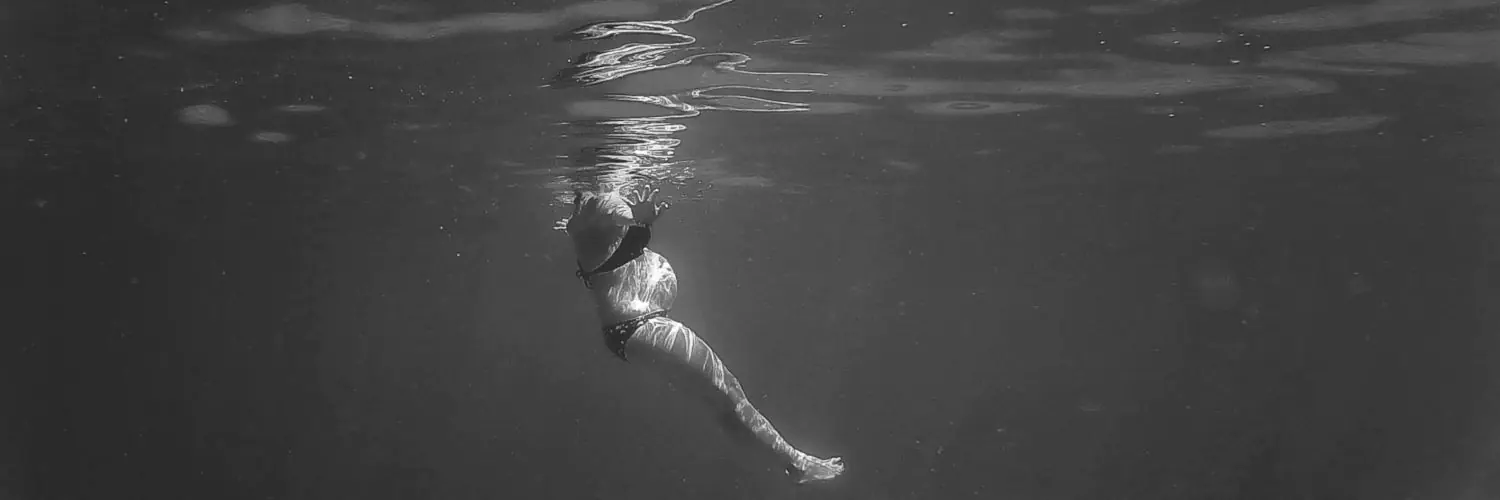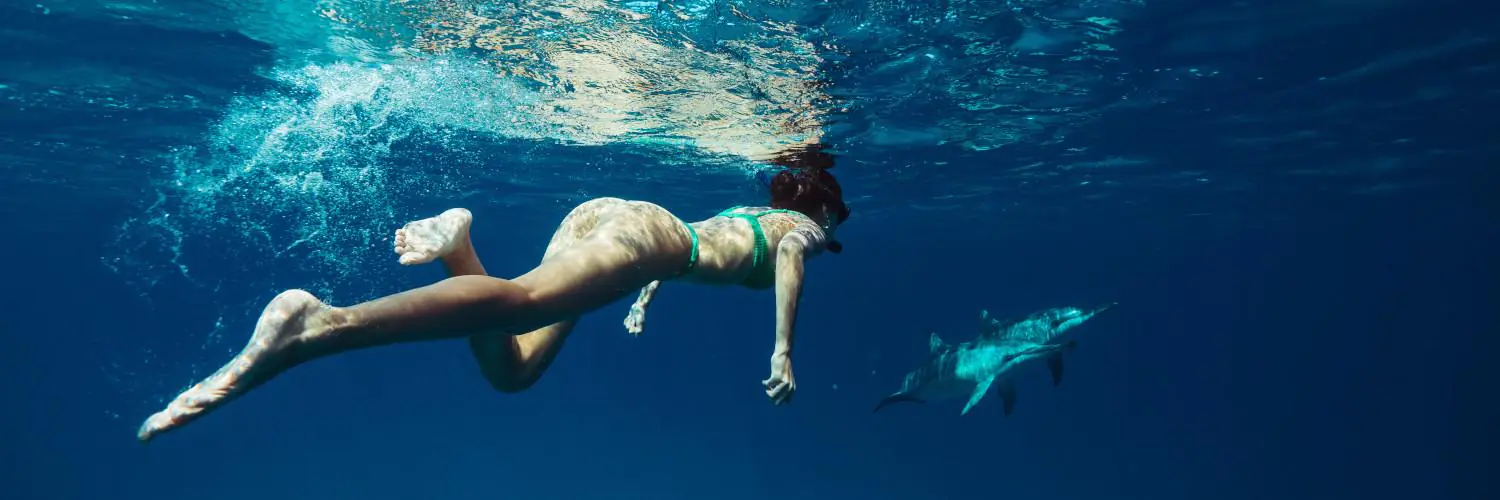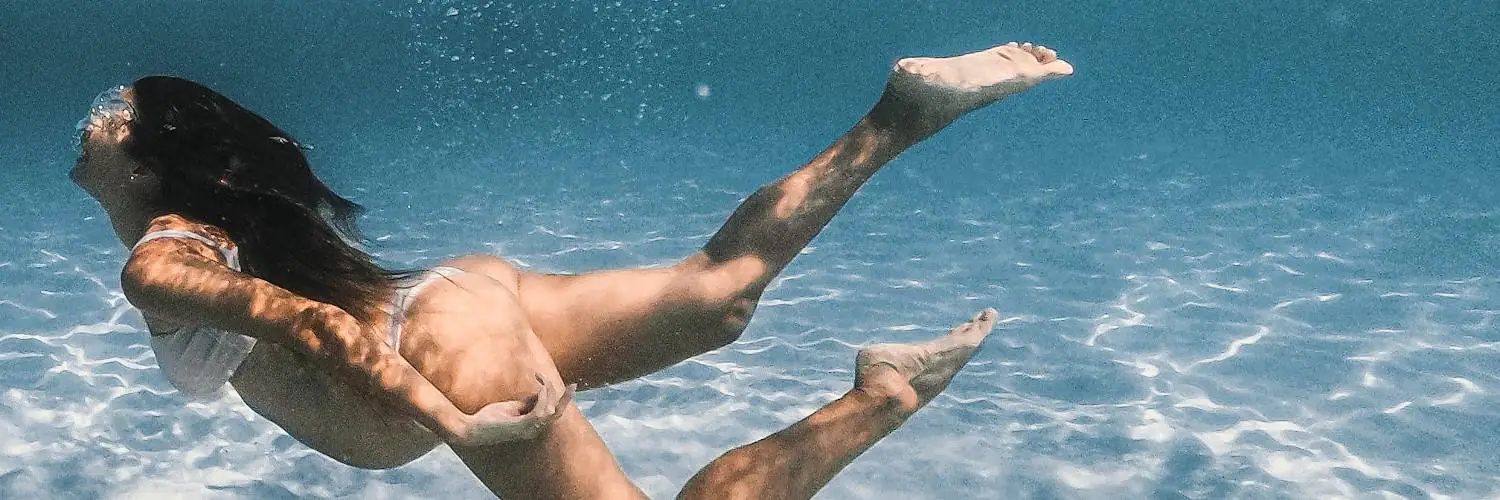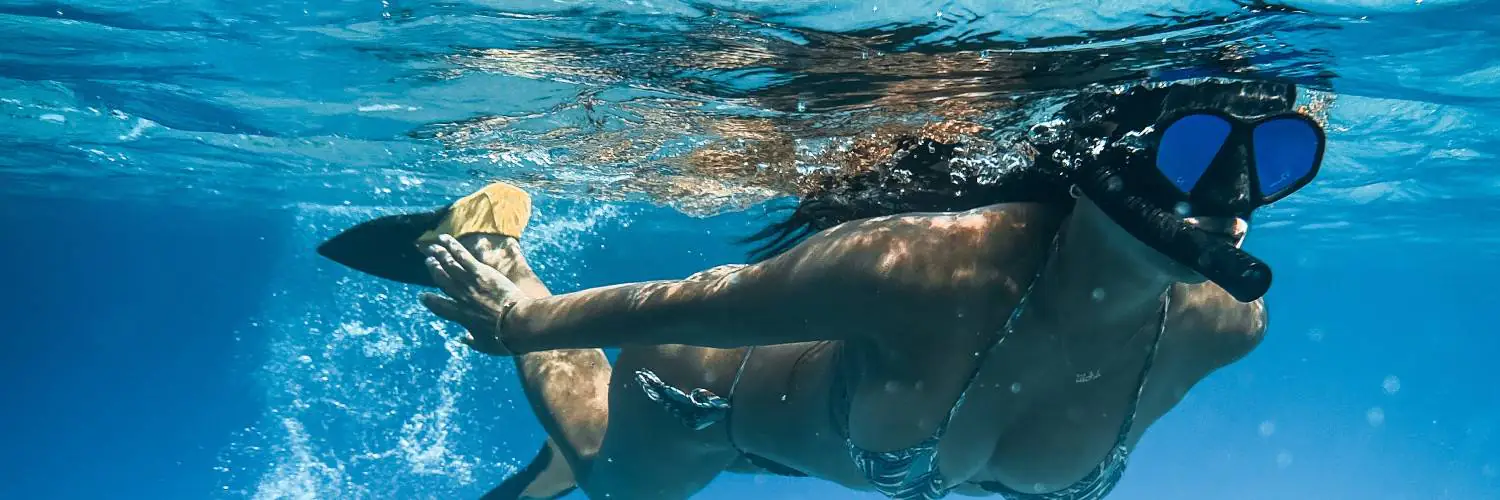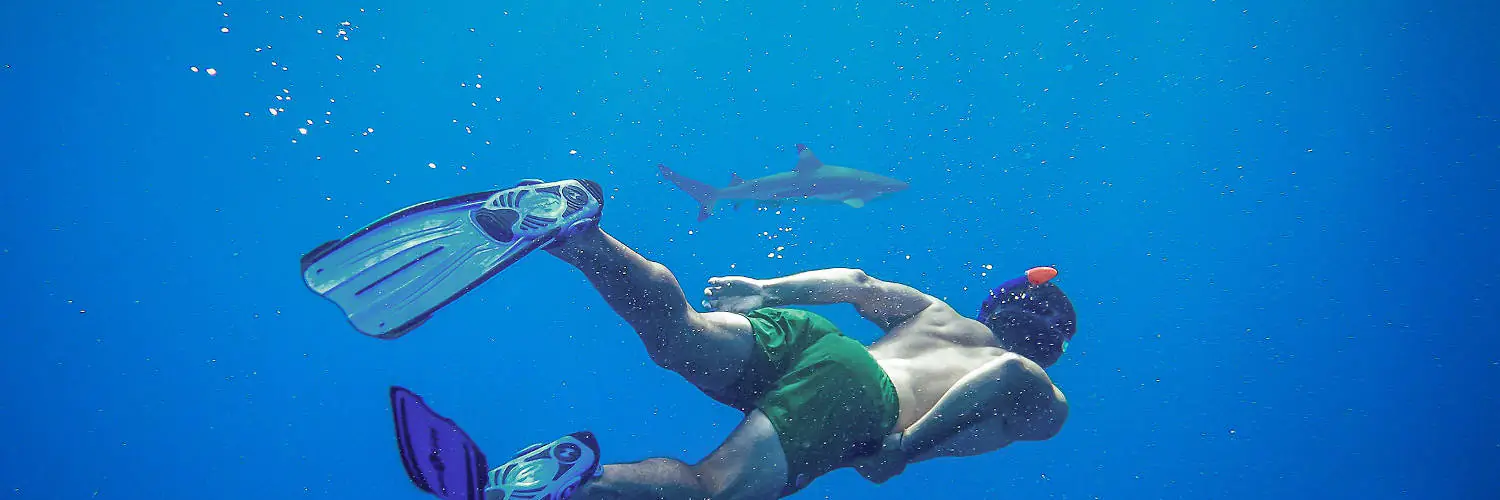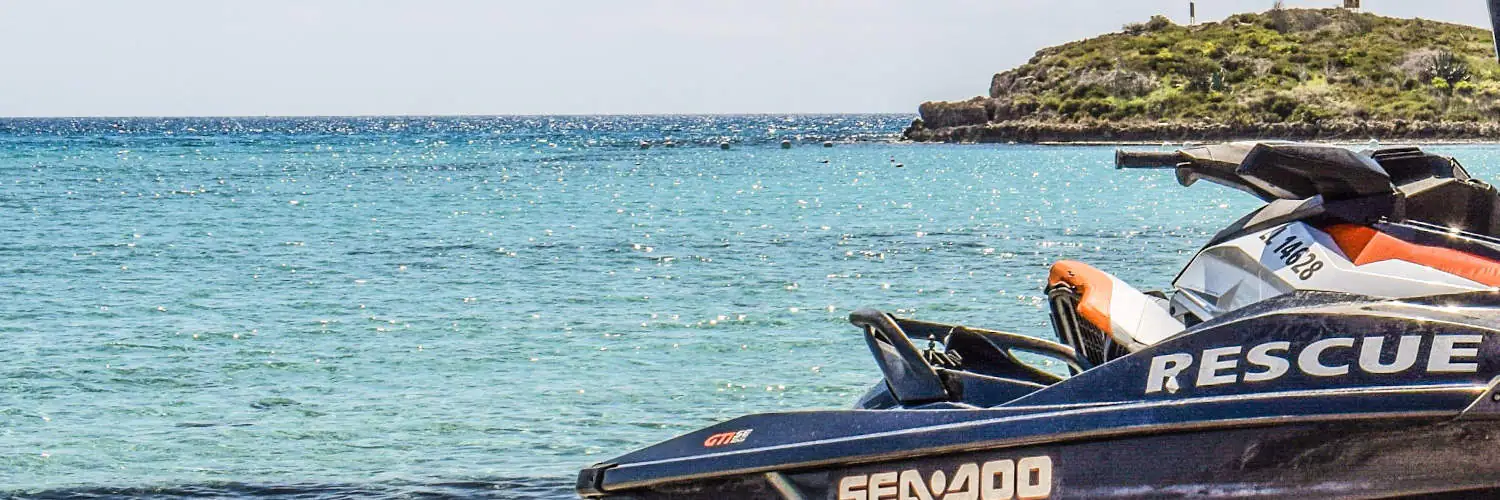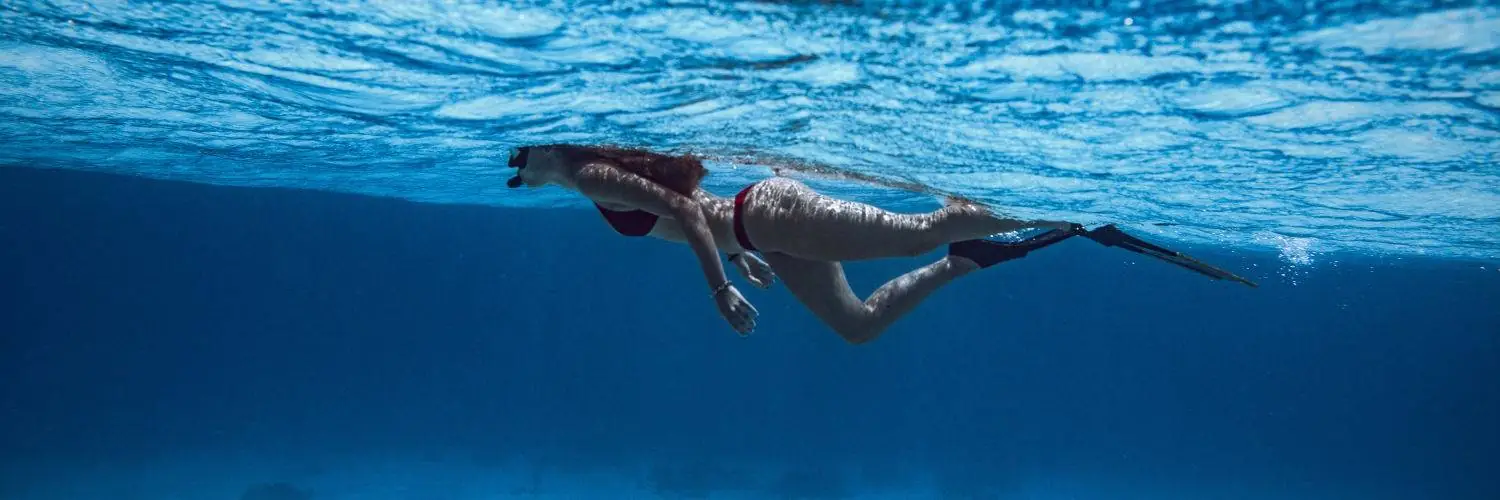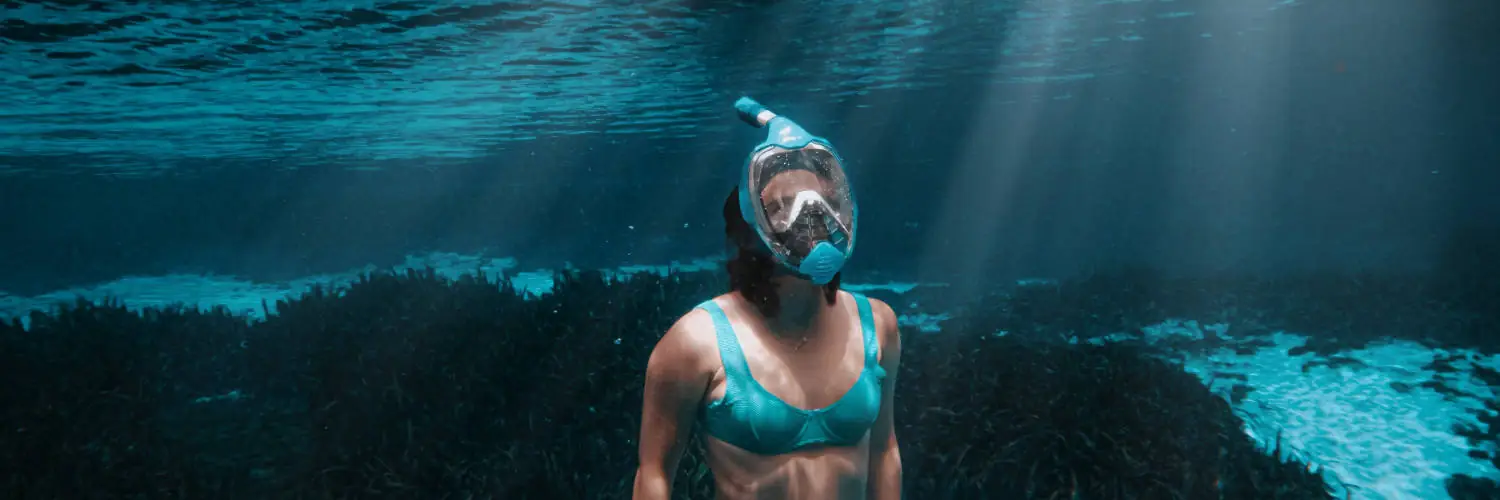Exploring the wonders of the underwater world is a captivating activity for many, and snorkeling is one of the simplest and most accessible ways to do so. A snorkel is a device that allows individuals to breathe while floating near the surface of the water. It comprises a tube that the snorkeler bites onto, with the other end extending above the water’s surface. The simplicity of snorkels has made them a favorite among ocean enthusiasts, giving them the freedom to observe aquatic life without the need for complex equipment or extensive training.
However, the length of time one can breathe underwater using a snorkel is inherently linked to remaining at the surface. The snorkeling apparatus does not enable breathing underwater in the traditional sense; rather, it facilitates breathing from the air above while the rest of the body is submerged. As long as the top of the snorkel remains above the water, there is no time limit imposed by the equipment itself on how long a snorkeler can remain face-down in the water. The constraints are usually determined by the snorkeler’s physical stamina and comfort in the water. Snorkelers must understand that the act of snorkeling does not involve deep diving; only the face and part of the snorkel are submerged while the top end must be clear of the water for the individual to breathe. Comprehensive breathing techniques and proper use of the snorkel are essential for a safe and enjoyable experience. It is the buoyancy at the surface that allows for prolonged periods of observing underwater habitats and marine life, leaving the depth ventures to free diving and scuba diving that require very different breathing apparatus and methods.
Table of Contents
Understanding Snorkeling Basics
Before delving into the world of snorkeling, it’s vital to understand the equipment’s design, functionality, and safety considerations. Knowledge of proper breathing techniques and the role of a snorkel mask plays a crucial role in the snorkeling experience.
Snorkel Design and Functionality
A snorkel is a breathing tube that allows the user to breathe while floating on the surface with their face submerged. The top of the snorkel typically includes a mechanism to prevent water entry, such as a splash guard or a dry valve. The mouthpiece at the bottom is made from soft, flexible silicone to provide comfort and create a seal to prevent water from entering the user’s mouth.
The Role of the Snorkel Mask
A snorkel mask creates a [clear, sealed view underwaters, which is essential for navigation and enjoyment. The mask should fit snugly, creating a watertight seal. Masks often have adjustable straps to ensure a secure fit, reducing the risk of water seeping in and obstructing vision or breathing.
Breathing Techniques and Tips
Proper breathing through a snorkel includes slow, deep breaths to conserve energy and maintain calmness. This method helps to prevent the snorkel tube from flooding and assists with buoyancy control. It is imperative to never breathe in if the snorkel is flooded; instead, one must learn techniques to clear the snorkel by exhaling forcefully.
Safety and Surface Considerations
While snorkeling, it is important to remain aware of the surrounding environment and stay close to the surface. It’s imperative to be mindful of the water conditions, avoiding areas with heavy boat traffic or strong currents. Keeping the snorkel’s top above the water’s surface ensures a steady supply of air.
Snorkeling Equipment Essentials
Basic snorkeling gear includes a snorkel, diving mask, and usually fins to aid in swimming. The equipment should be rightly sized, in good condition, and appropriate for the snorkeler’s skill level. Some may opt for additional scuba gear like a wetsuit or a flotation device for comfort and safety. It’s essential for snorkelers to use equipment that they feel comfortable with to avoid mishaps or undue stress.
Exploring Underwater Worlds
With a snorkel, adventuring into underwater realms allows individuals to encounter diverse marine life and delicate ecosystems while adhering to the limitations of breath-hold diving.
Marine Life and Snorkeling
Snorkeling provides a unique way to observe marine life in its natural habitat. On the surface, snorkelers glide over vibrant coral reefs, teaming with schools of colorful fish. While swimming with a snorkel, enthusiasts can enjoy extended periods of observation, as long as the snorkel tube remains above water. They get a window into the daily activities of marine creatures without the need for heavy equipment, but depth and duration under water are limited to one’s breath-holding capabilities.
Snorkeling vs. Scuba Diving
While snorkeling offers accessibility and ease, scuba diving unlocks deeper exploration. A scuba diver operates with a machine, specifically a tank containing compressed air and a regulator that supplies the air. This equipment allows divers to breathe underwater and stay submerged for the duration of their dive tanks, unlike with a snorkel. Scuba diving requires certification and training due to the complexity of the equipment and the challenges of deeper water pressures. Both activities allow for immersive experiences with underwater environments, but scuba diving provides a more comprehensive encounter with the depths, where one can witness wonders beyond the reach of snorkelers.

